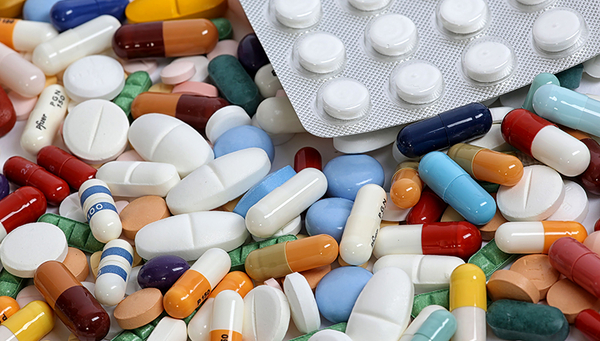Archive detail
Pharmaceutical drugs in the environment: greater prospects of early warning
March 3, 2021 |
PREMIER is the name of the massive international project with a total budget of 9 million euros. The acronym stands for Prioritisation and Risk Evaluation of Medicines in the Environment. Along with the EU Horizon 2020 programme, the project is supported by The European Federation of Pharmaceutical Industries and Associations (EFPIA) and the Innovative Medicines Initiative (IMI). Today, the 25 project partners launched the PREMIER website and informed the public about the aims of the project. Prof. Kathrin Fenner’s Pollutant Modelling Group will be representing Eawag for its participation in the research over the next six years. We put four questions to her.
What are you and your Group researching under the PREMIER umbrella?

Kathrin Fenner: The main focus of our research is on the degradation and transformation of the active substances – how long these degradation processes take and at what point we can assume that these substances no longer have any negative impact on the environment.
How do you go about it?
We are focusing on two products: a simple but fast degradation test with activated sludge from wastewater treatment plants, and a degradation model that starts purely from the basis of the molecular structure of the substances. The pharmaceutical manufacturers already have to create degradation tests for their substances, but they take over two months to produce a result and are therefore not suitable for use in the development of new drugs. Our test, on the other hand, only takes two days and can test up to 100 substances simultaneously.
What makes you so sure that the manufacturers will use your tests one day?
Clearly, the effectiveness of the drugs on people’s health will always be the primary consideration. In other words, if a drug is proven to be effective where human health is concerned, then no-one is going to stop the development of that drug for the sake of a certain amount of environmental risk. But with simpler and faster testing, environmental aspects can be brought into the product development process a lot earlier – with screening of hundreds or even thousands of substances at once. That can help prevent the points on the track from being set in the wrong direction. This is then about having procedures in place that support a “green by design” strategy.
Those involved in PREMIER are expecting greater transparency to result from their project. Do you share this hope?
Absolutely. Today there are over a thousand drugs about which no data whatsoever exists in the public domain on their behaviour in, and effects on, the environment. And this is even despite the fact that such information has to be ascertained by the manufacturer, at least for the newer products, as part of the approval process. The PREMIER project is looking to improve this and make the data available in a publicly accessible database. That is one of the major goals of the strategic approach of the European Union for drugs in the environment.
Cover picture: Tim Reckmann, CC-BY 2.0

